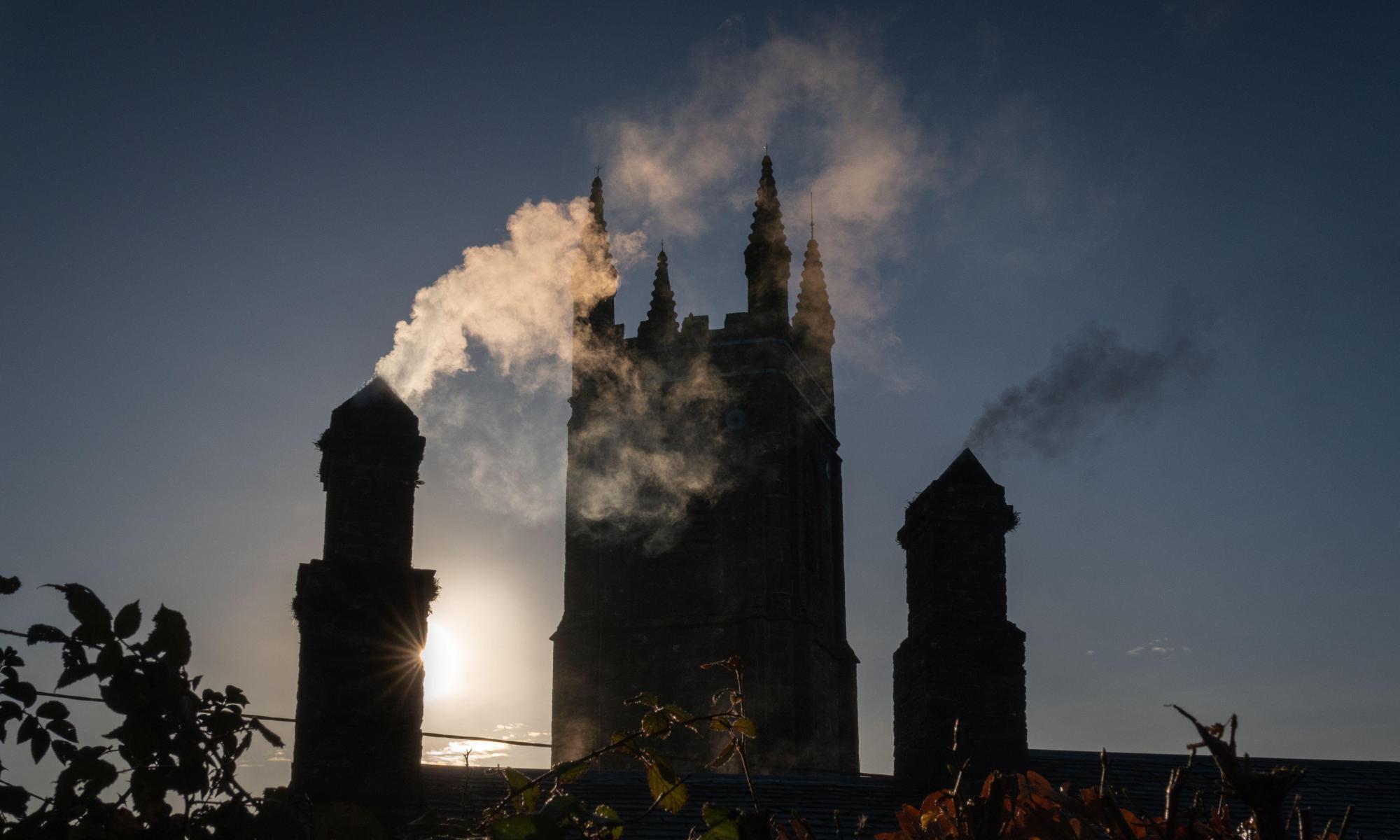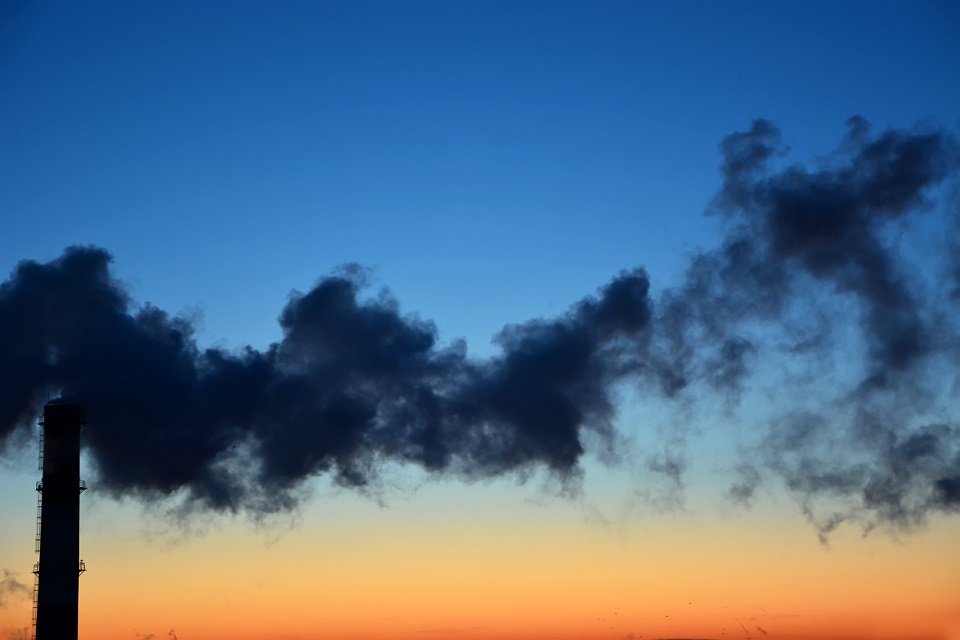Lockdowns imposed to stop the spread of Covid led to “virtually no change” in global average particulate pollution levels during 2020, and in some of the most populous countries pollution increased, according to a study.
Analysis of revised satellite-derived data on PM2.5 levels, which measure minuscule and dangerous airborne particles, suggests that the economic lockdowns imposed across many parts of the world brought clear skies to some areas only temporarily.
According to the research by the Air Quality Life Index, based at the University of Chicago, the global population weighted-average PM2.5 level declined from 27.7 to just 27.5 μg/m3 between 2019 and 2020, remaining more than five times the WHO’s guideline, which was revised last year to 5 μg/m 3.
Pollution levels increased across south Asia – the world’s most polluted region, where residents are predicted to lose about five years off their life expectancy if conditions are not improved.
Increases were also recorded in parts of south-east Asia, where pollution levels rose by as much as 25% in some areas.
Christa Hasenkopf, AQLI’s director, said the brief “blue skies” periods during lockdowns gave a glimpse of what the air could look like, but added: “Their relatively minor effects on the long-term quality of the air we breathe underscores that pollution is a stubborn problem.”
Some countries did register large decreases in pollution in 2020, including Indonesia where year-on-year particulate pollution levels declined more than 20% because of a reduction in fire-related haze. Pollution also decreased significantly in Russia, China, Germany, and Japan in 2020 relative to 2019.
Variations were also observed within countries, said Hasenkopf: “While India’s year-on-year average particulate pollution levels increased by 2.9%, Delhi experienced a roughly 6% decrease in particulate pollution from 2019 to 2020.”
Other populous countries where the levels of pollution worsened included Bangladesh, Nigeria, Pakistan and the US.
The revision of the WHO’s guidelines on what level of particulate pollution can be breathed by people means 97.3% of the world’s population now live in areas where PM2.5 levels are unsafe, the report said.
According to AQLI analysis, permanently reducing global air pollution to meet the WHO guideline of 5 μg/m3 would add 2.2 years to average life expectancy, from roughly 72 to 74.2 years.
The research did not address the reasons why some areas saw rises and falls in pollution, Hasenkopf said, but she cited possible causes: “We know that in some places, economies were playing catch-up after lockdown periods and in others, 2020 was a bad year for wildfires.”
Haze caused by thousands of fires on the Indonesian island of Sumatra and Borneo had a drastic impact on air quality in 2019. In 2020, pollution in Singapore and Indonesia fell 38.3 and 20.3%, respectively.
Elsewhere in south-east Asia, however, PM2.5 increased, including in Cambodia (25.9%) and Thailand (10.8%), with researchers pointing to biomass, forest and peatland fires, lax fuel emissions standards, and coal-fired power plants as key drivers of pollution.


